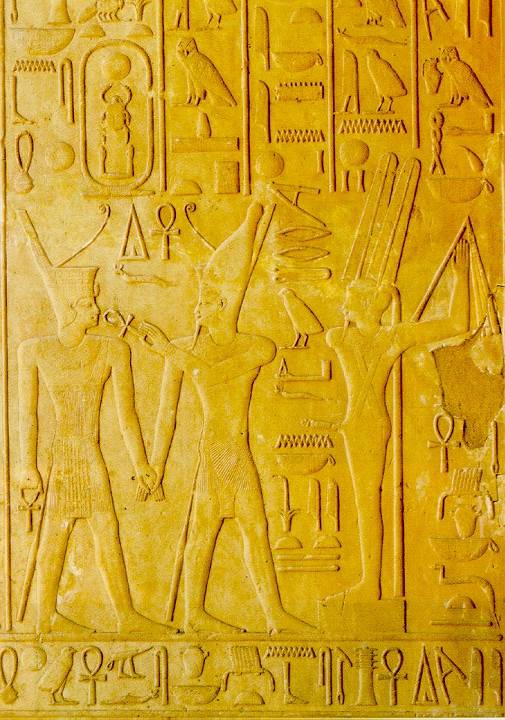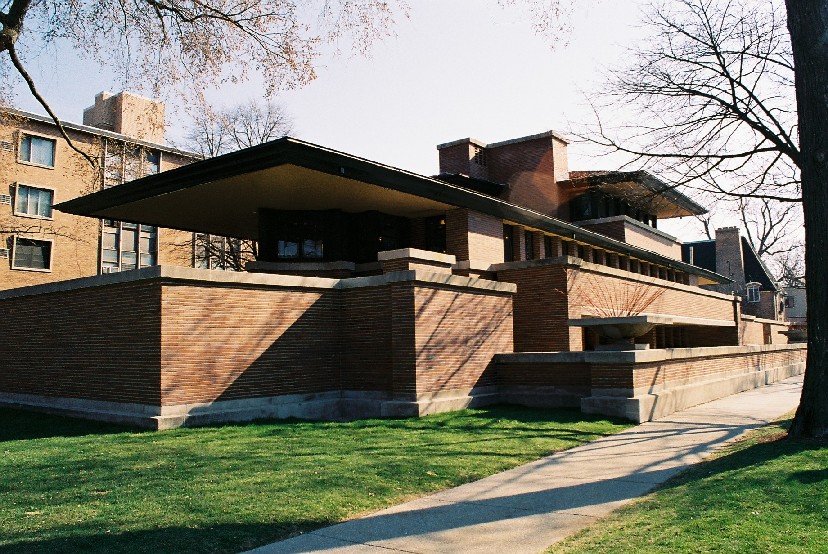Art Appreciation: Chapters 13-15 Test Preparation

The Tomb of Emperor Qin Shihuangdi shows an extraordinary grouping of what type of work?
Ceramics
Louis Sullivan utilized which type of construction in the late 19th century in Chicago to build increasingly tall buildings?
steel and reinforced concrete
What do Robert Smithson's "Spiral Jetty" and the "Great Serpent Mound" have in common?
They are both earthworks.
Frank Lloyd Wright designed several houses that were based on the "vastness of the western landscape" and were "of the land, not just on the land." What did he call this style of house?
the Prairie House
Originally, when an artist worked in "the crafts," it meant that they
produced functional objects.
The International Style is a type of architecture marked by
austere geometric simplicity.

The Egyptian limestone carving, "Senwosret I led by Atum to Atum-Re," is an example of
low relief sculpture.

Auguste Rodin's "The Burghers of Calais" is a remarkable example of which type of sculpture?
in-the-round
Wood and stone carvings are examples of
subtractive sculpture.
The Arts and Crafts Movement was started in England by
William Morris.
Most ceramic objects are created by one of which three methods?
slab construction, coiling, and throwing
When a sculpture is created by building up the form with a material such as clay, the process is called
additive.
All fiber arts evolved from
weaving.

"Robie House" is a typical work by the architect
Frank Lloyd Wright.
A sculptural space that you can actually enter is referred to as
an environment.
How does "assemblage" primarily differ from other sculptural processes?
It utilizes "found" objects.
The sculptural material most commonly associated with "modeling" or additive processes is
clay.
By the late fourteenth century, the African kingdom of Benin had developed tremendous refinement in the art of
brass casting.

Notre Dame Cathedral, in Paris, is an example of which architectural style?
Gothic
What are the three primary types of ceramics (clay bodies)?
Earthenware, stoneware, and porcelain.
Name the three Greek architectural orders.
Doric order, Ionic order, and Corinthian order.